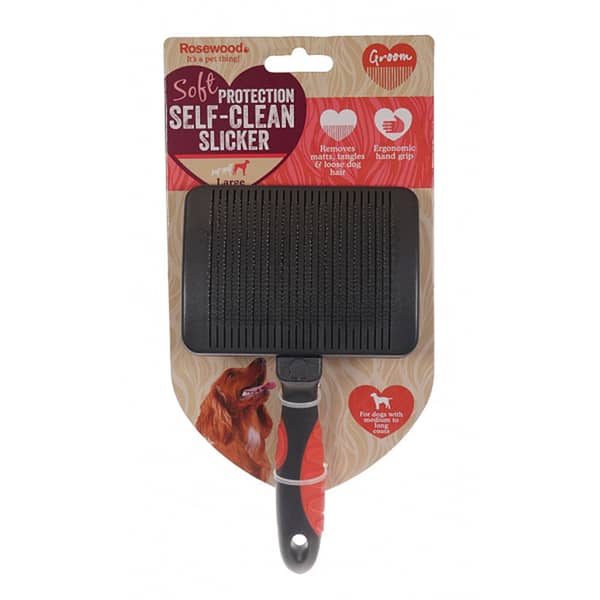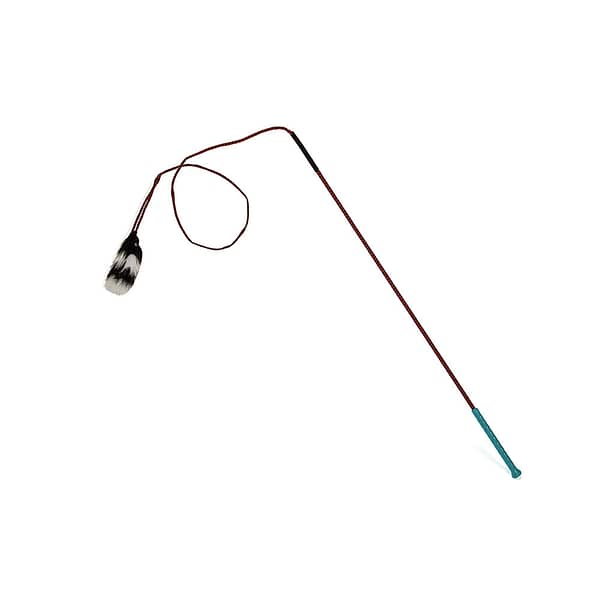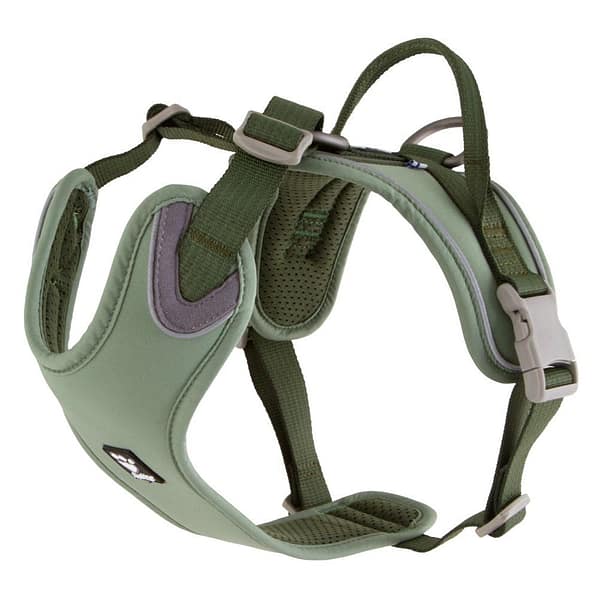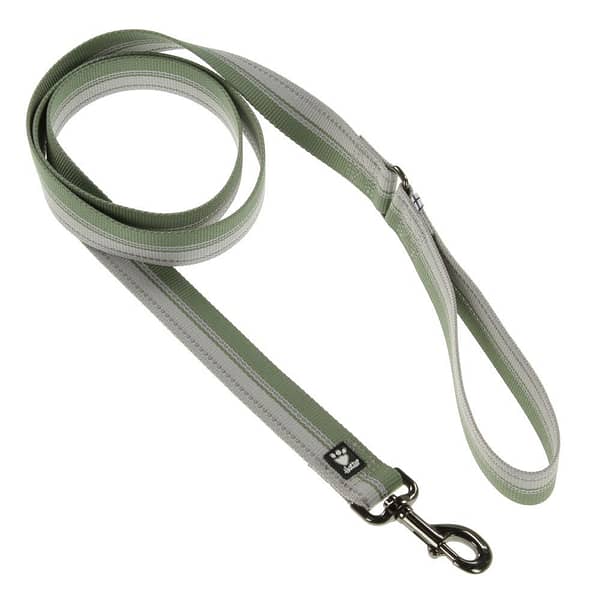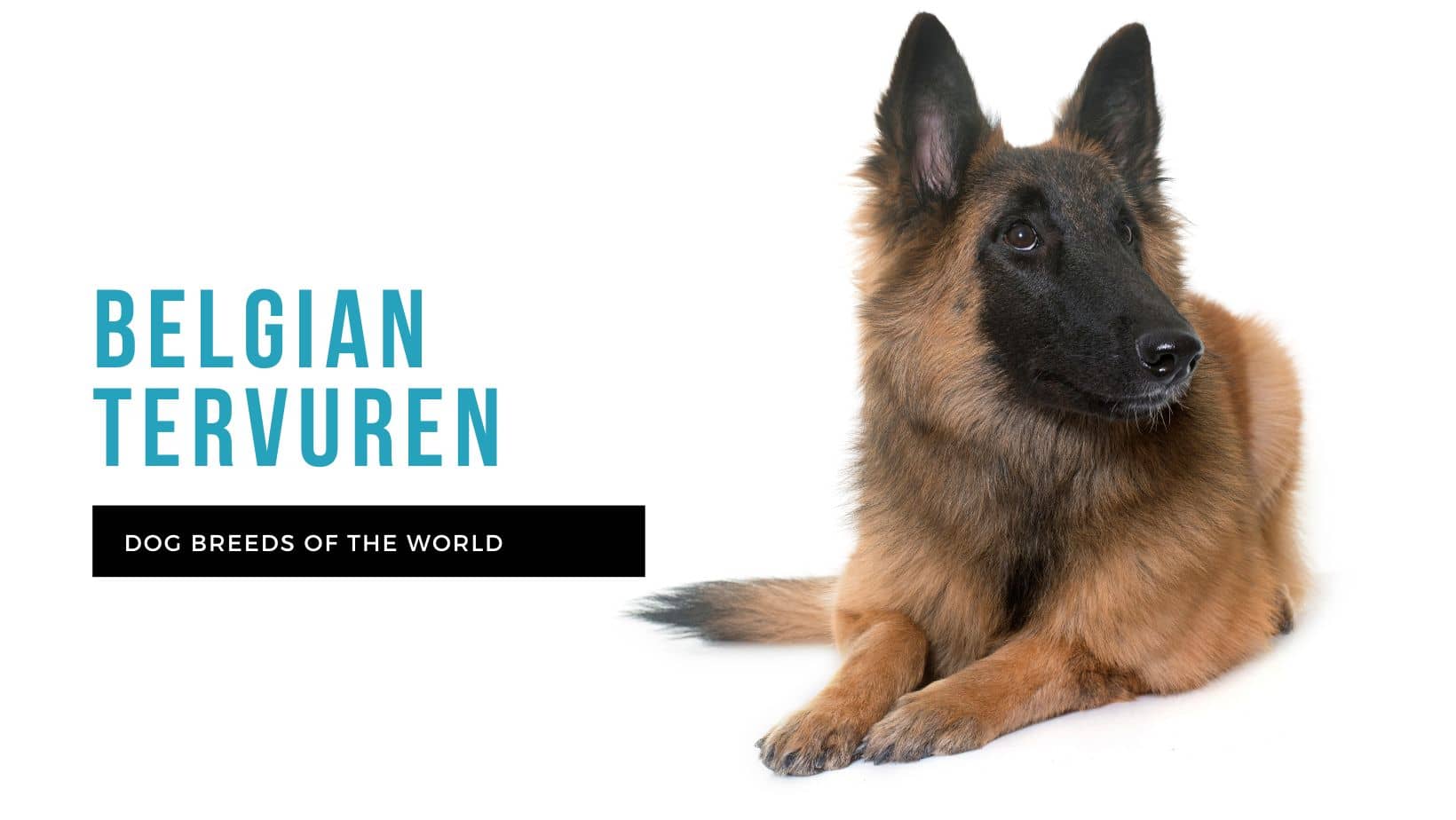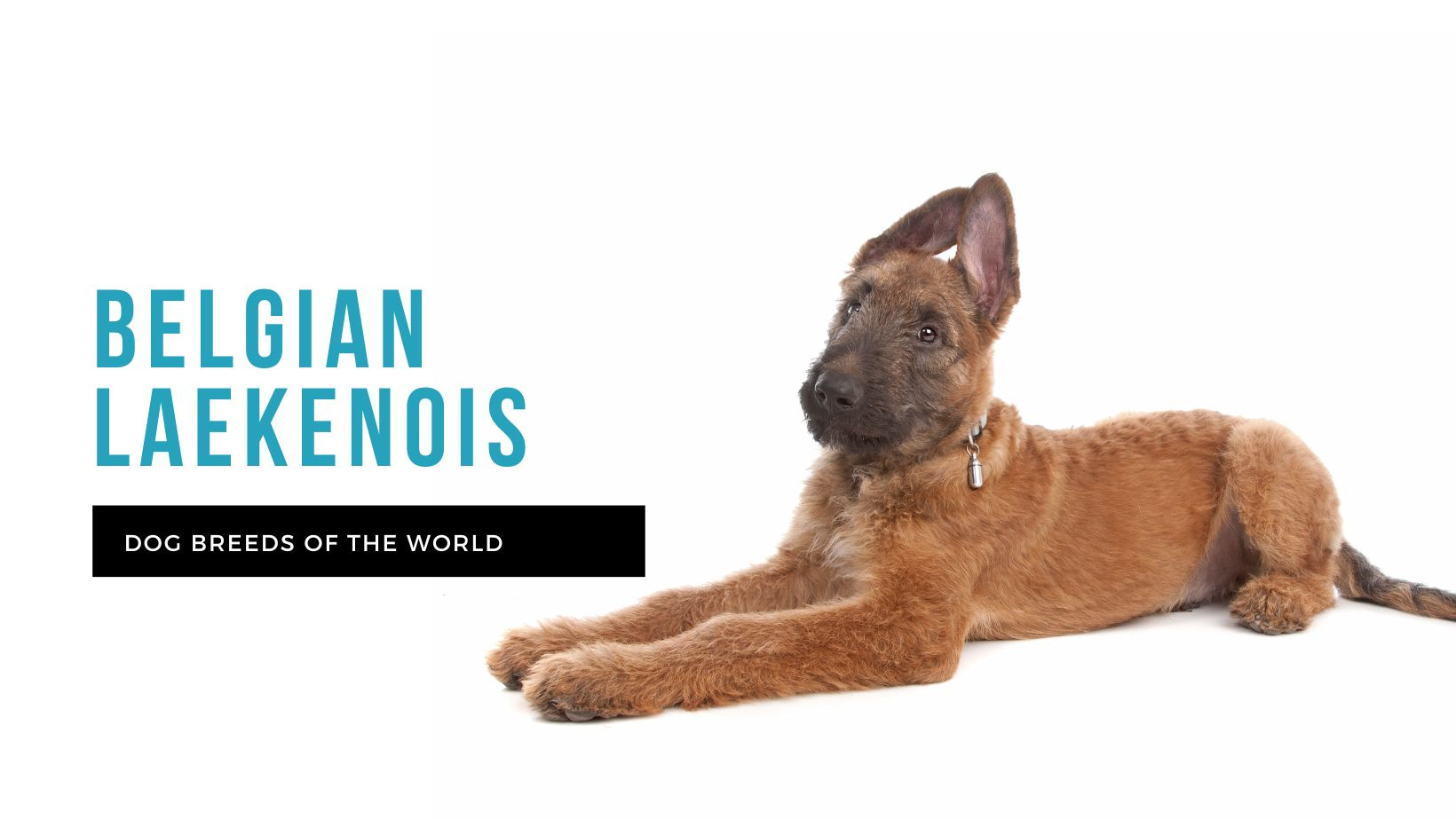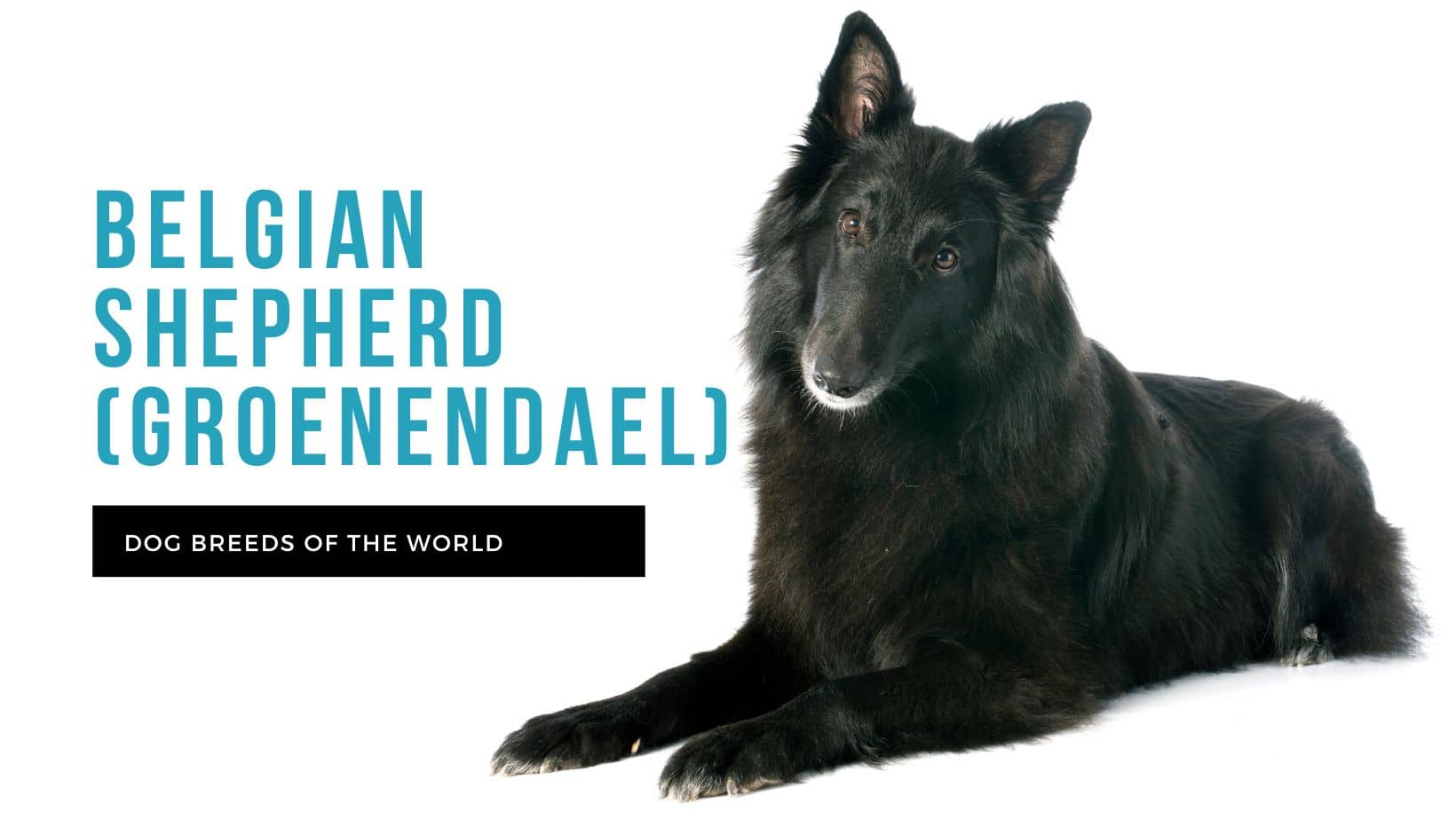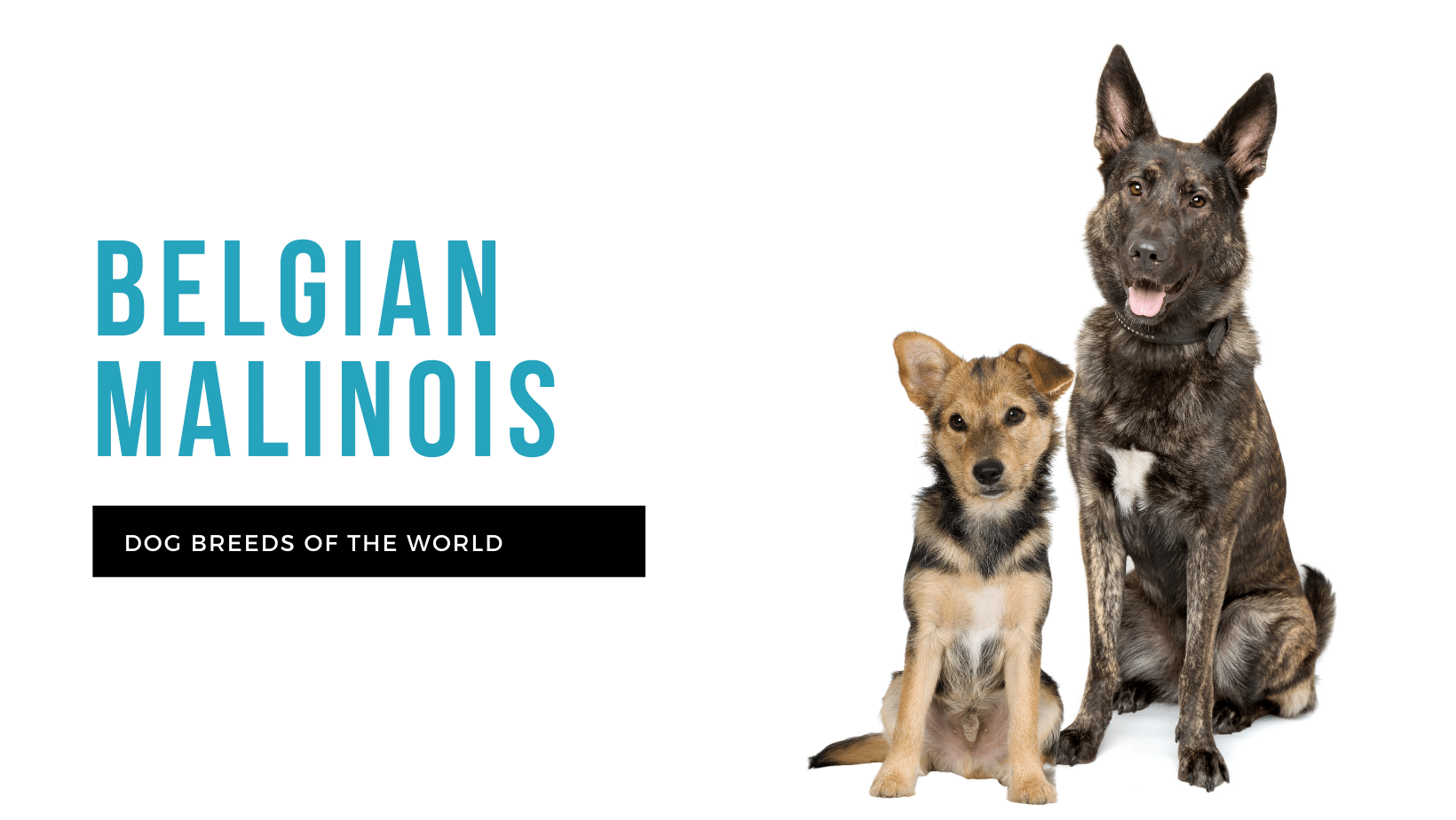
The Belgian Malinois is one of four distinct Belgian shepherd dog breeds. The Malinois is strong, confident, very intelligent and incredibly hard working. Being very bonded with one owner, he is eager to please and, when properly and consistently trained, is an athletic star.
The Malinois needs constant work and activity to keep him physically and mentally stimulated, which is why he makes such a good, versatile service dog. This is not your everyday pet, but those who understand and have time to work the breed will get a loyal, protective, proud and active companion.
History
Descended from a common herding breed in Western Europe, the Belgian shepherd dog (in all its varieties) was used to herd sheep. In the late 1800s, the Belgian Shepherd Dog Club (Club du Chien de Berger Belge) was set up to determine the breed’s standard, since many varieties were called Belgian shepherds, even though they looked nothing alike. Breeders, fanciers, vets and a panel of judges examined a range of Belgian shepherd dogs near Brussels and determined the breed standard (medium size, triangular ears and dark-chocolate eyes), but said that their only variation was in coat colour and texture.
In 1892, the breed standard noted three sub-varieties based on their coat length, colour and texture: long-haired, short-haired and rough-coated. It was only in 1901, however, that the Belgian shepherd dog was officially recognised as a breed.
In 1885, Adrien Janssens from Laeken bought a fawn, rough-coated dog named Vos I in northern Belgium. Vos I worked as a sheepdog and was bred with a short-haired brindle dog called Lise. Vos I was again bred with his daughters – a mating that produced grey rough-coated and short-haired dogs, and fawn rough-coated and short-haired dogs. These varieties were the ancestors of Belgian shepherds as well as Bouvier de Flandres and Dutch shepherd dogs. It was only later in 1898 that the Belgian shepherd dog with the short, fawn-coloured coat was further developed in the city of Malines and ended up with the name ‘Malinois’.
Louis Huyghebaert, the purported ‘Godfather of the Malinois’, noted that the declining sheep herds in Belgium meant that the Malinois would need to showcase his intelligence, loyalty and skill in other ways, so dressage trials were developed for this purpose.
Belgian shepherd dogs (and Malinois in particular) became very important guard, police and war dogs in the early 20th century, and between World War I and World War II, a number of excellent Malinois breeding kennels were established in Belgium to promote and develop the breed.
It was only from around the mid-20th century that the Belgian Malinois (and Belgian sheepdogs in general) became more popular in the US – more as working dogs than as pets. Many notable four-legged war heroes have helped to increase the popularity of the Malinois as a pet, and demand for pet Malinois has rapidly increased in the last 10 years.
Temperament
There’s no doubt about the intensity of the Belgian Malinois. Hyper alert, full of energy and with seemingly infinite stamina, he loves to have a job to do and to do it with everything he’s made of. When his need for physical and mental gymnastics is met, the Malinois’s sensitive and friendly side emerges and he shows himself to be a well-rounded and super loyal human companion.
Some Malinois are assertive, outgoing and friendly, while others – depending on their socialisation and training – can appear to be quite reserved and aloof around strangers.
The Malinois needs to always be included in everything his human is doing. This is not the best dog for the person who works long hours or who is often away from home. A Malinois that is left to his own devices can be extremely destructive – neglect is also terrible for his emotional wellbeing.
Belgian Malinois are very dominant dogs and because of their herding instincts and high prey drive, they tend to boss other pets around, especially other dogs. It’s not a good idea to pair the Malinois with like-minded dogs – he should grow up around the other pets he is expected to get along with, and be well and consistently socialised all the way through puppyhood and into adulthood.
Health
The Malinois is a generally healthy breed, but he can be susceptible to a few of the usual culprits:
- hip and elbow dysplasia
- progressive retinal atrophy (PRA)
- skin allergies
The Malinois’s high muscle-to-fat ratio means that he can be sensitive to anaesthesia. Being put under anaesthesia for surgery or even a dental cleaning can be fatal.
Exercise Requirements
The Belgian Malinois needs early socialisation and training from the moment you adopt him. His high intelligence means he is a fast learner and will want to do everything right to please his owner. He is highly sensitive to the kind of training he receives and will do well with lots of positive reinforcement through treats, praise and play.
The Malinois is an extremely versatile dog, so his need for physical and mental stimulation can be met in a number of fun and active ways like obedience training, agility trials, flyball, herding work, police, search and rescue work, and even showing. Given the right training and opportunity, the Malinois will excel in everything he does.
The Malinois has a high prey drive, so he will chase cars, bicyclists, small children running, and especially other animals. Obedience training is therefore of utmost importance – something that must be consistently maintained his whole life. Despite his willingness to work and please his owner, he sees every ‘job’ he must do as a play activity. This can be harnessed by making training sessions fun, varied and, above all else, positive.
Since this dog was originally bred to herd and protect, he should be well socialised, trained and have his confidence properly developed. An unsocialised or nervous Malinois could go into a stated of self-protection and come across as aggressive and/or aloof.
The one requirement all Malinois need is enough space to exercise. He needs to run, jump and ‘fly’, so any activity with a ball, frisbee or rope will keep him interested and active. His endless energy cannot be confined to a small space.
Grooming Requirements
The Belgian Malinois’s coat is short, but waterproof and quite easy to care for. Brushing a few times a week or even just once a week with a grooming glove or a medium-bristled brush will help to remove dead or shed hair, and to distribute the skin oils through his coat and keep it in great condition. The Malinois sheds persistently, but does have two heavy sheds each year, during which it’s advisable to brush him daily to help remove the hair (especially from your couch).
Regular tooth brushing is advisable to clean and protect the Malinois’s teeth. Clip his nails regularly to ensure he can run comfortably.
Ratings
Friendliness to other pets
Friendliness to strangers
Behaviour towards children
Statistics
| Size |
Large |
| Type |
Herding group |
| Average adult weight |
30 kg |
| Average adult height |
60 cm |
| Average life span |
13 years |
| Breed family |
|
| Area of origin |
Belgium (Malines) |
Gallery
Product suggestions
Similar breeds





